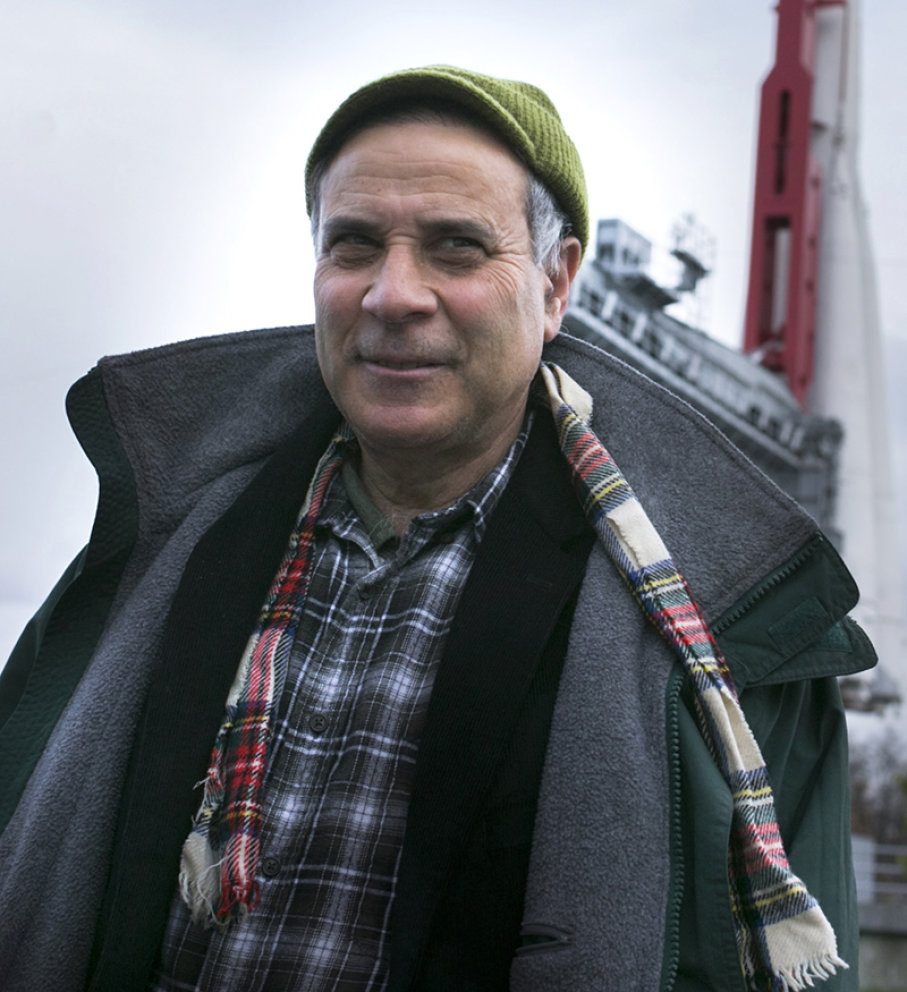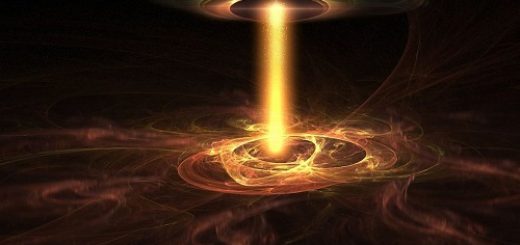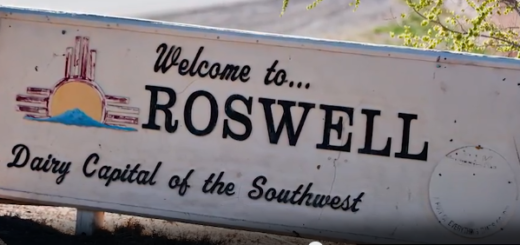Are We Ready? ‘The Martian’ Can Teach Us About Planetary Survival

It’s pretty tough for humans to stay alive in some parts of Earth’s surface that have extreme conditions — Antarctica, with its brutally cold temperatures, or the Sahara Desert with its scorching heat, dryness and ferocious sandstorms. But combine and vastly multiply the intensity of those inhospitable conditions, and throw in an atmosphere that’s too thin to breathe unassisted, and you’d have an environment approximating that of the planet Mars. Any astronaut brave enough to make the 140 million-mile (225.3 million-kilometer) trip there has a challenge waiting.
That’s one reason why so many people are fascinated by “The Martian.” Andy Weir’s 2011 novel has inspired a film version (opening in the U.S. on Friday, Oct. 2) starring Matt Damon and directed by Ridley Scott. The story depicts an interplanetary version of castaway Robinson Crusoe: NASA astronaut Mark Watney, who becomes separated from his team in an accident and finds himself stranded with a limited supply of provisions and damaged equipment, and no ability to communicate with Earth. Yet somehow Watney avoids a quick demise, and manages to travel nearly 2,000 miles (3,200 kilometers) across the planet’s rugged surface to reach a site from which he can be rescued. (What happens once he gets to that site? Well, read the book or see the movie.)
Pause
Unmute
Remaining Time -3:10
Picture-in-Picture
Fullscreen
A Spirit of Exploration
Robert Zubrin, an engineer who designed early plans for a Mars mission while working for NASA contractor Martin Marietta in the early 1990s, is impressed by the realism that Weir’s meticulous research brought to the storyline. But to Zubrin — who founded the Mars Society and has written a book, “The Case for Mars,” to promote its exploration — says that it’s a mistake to see “The Martian” as a cautionary tale.
Robert Zubrin, 2013© Pochuyev Mikhail/ITAR-TASS Photo/Corbis
“I would compare it to Homer’s ‘Odyssey,'” says Zubrin. “Homer was writing at a time when the Greeks were starting to go out to sea, and there must have been people who said that it was too dangerous, that there might be monsters out there. What Homer basically said was, the man who uses his mind can deal with anything.”
In that spirit, there’s plenty that we can learn from “The Martian” about the physical challenges of surviving on another planet — and how technology and human ingenuity can conquer them.
To be sure, the Martian environment does contain some scary extremes. Its atmosphere is 100 times thinner than Earth’s and made up 95 percent of carbon dioxide, with just 0.13 percent oxygen.
“To breathe, you’d have to wear a space suit wherever you go,” Zubrin explains. “But that’s not as much of a burden as it might seem, since on Mars, the gravity is one-third of Earth’s, so it lightens up the spacesuit quite a bit.”
And because Mars is farther away from the Sun than Earth, it can get pretty darn cold there, though Zubrin says that because of atmosphere’s thinness, “It might not feel as cold as Minnesota.” Unlike in the Sahara, there aren’t any oases — whatever surface water Mars once had disappeared long ago. Dust storms are frequent and sometimes enormous, as a monster storm in 2001 was so big that it covered the combined surface area of all of Earth’s continents, and towered so high that the peak of 78,740-foot-tall (24,000-meter-tall) Olympus Mons was the only surface feature that remained visible. The storms sometimes can block up to 99 percent of available sunlight. And you can’t forage for food if you run out, since there’s no there’s no evidence so far of even microbial life on Mars’ rugged surface (though NASA’s Curiosity Rover has detected methane, an organic molecule that possibly could have biological origins).
“The Martian” is based on a 2011 novel of the same name by first-time author Andy Weir.Twentieth Century Fox
So… What’s An Astronaut to Do?
As we learn from “The Martian,” NASA engineers and researchers have figured out how to deal with those problems. “All the technology that’s in the book really exists, or else is just the next-gen version of it,” Weir explains in this Skype chat he conducted with attendees at the Mars Society’s recent in Washington, D.C.
Andy Weir, 2015Jeff Vespa/Getty Images
At the Johnson Space Center in Houston, for example, astronauts already are testing out the Human Exploration Research Analog (HERA), a two-story, airlock-equipped living quarters similar to the Hab where Watney camps out in the book. And like the fictional astronaut, who’s able to grow potatoes, NASA knows that Martian visitors will have to replenish their food supply. They’ve developed an indoor water-conserving space-gardening system called Veggie that’s currently being tested by cultivating cabbage on the International Space Station. (The novel and movie were both created before the recent discovery of flowing water on Mars.)
A prototype for the Z-series spacesuit that Mars explorers will wear already exists. Unlike the suits in “The Martian,” though, the newest ones are designed so that astronauts can store them outside their living quarters and vehicles and slip into them through a “suitport,”so they don’t bring a lot of Mars dust back indoors. And they’re developing the six-wheeled, solar-electric-powered Multi-Mission Space Exploration Vehicle (MMSEV), which resembles the rover that Watney modifies for his long trip to the Schiaparelli impact basin. And NASA already has technology to recycle astronauts’ urine to produce drinking water.
It would make for a pretty dull book and movie if a Mars mission went flawlessly, though, so Weir imagined a scenario in which a powerful dust storm wrecks equipment and knocks protagonist Watney off his feet — separating him from his colleagues, who mistakenly assume he was killed and leave him behind. As Zubrin points out, that’s not likely to happen to a real Mars mission. “Because the atmosphere is so thin, even high winds don’t have much push,” he explains. “But you could get lost because you can’t see.”
The greater danger posed by Martian dust is that it will render solar panels inoperable, and contaminate sensitive electronics — problems that the Mars Society’s own researchers have run into when they’ve conducted simulated missions in deserts on Earth. “You’ve got to have a very disciplined approach to keeping dust out,” he explains.
Matt Damon’s character Mark Watney must survive with limited resources.Twentieth Century Fox
Best Tool? A Sharpened Mind
But “The Martian” also shows that if things do break down, training and ingenuity can keep an astronaut alive. As Canadian space scientist and author Erik Seedhouse has pointed out, these attributes aren’t necessarily unique to space travel — they’re the same ones that polar explorers and even ordinary folks who’ve survived disasters have employed.
Watney, for example, quickly figures out how to repurpose equipment and even how to chemically break down hydrazine rocket fuel to make water. That solution actually would work — though as Zubrin explains, it would be easier to put Martian soil in a container and boil it. “It’s about 5 percent water by weight, so some of that would condense for you,” he explains.
And finally, “The Martian” imparts another must for surviving in space — or anywhere else, for that matter: Always carry a roll of duct tape. The fictional Watney used it to seal a damaged spacesuit in the nick of time, but it’s actually helped keep real astronauts alive as well. With the help of brainstorming NASA technicians back on Earth, the crew of the crippled Apollo 13 flight in 1970 used it to make an improvised C02 filter rig that kept them breathing on the return to Earth.
As former Space Shuttle astronaut Takao Doi explains in a Twitter chat hosted by the United Nations, “Duct tape is an astronaut’s best friend. Carry it everywhere.”
But the real takeaway is that Mars is survivable and the means already exist to explore the planet. Zubrin hopes the enthusiasm surrounding the film will create momentum to stage a mission, which NASA currently doesn’t plan to do until at least the mid-2030s. “Hopefully, it’ll show people that, guys, okay, we’ve got the stuff,” Zubrin says. “Let’s do it.”



 Creators of mankind
Creators of mankind Description of “Tall white aliens”
Description of “Tall white aliens” Where they came from?
Where they came from? About hostile civilizations
About hostile civilizations The war for the Earth
The war for the Earth “Tall white aliens” about eternal life
“Tall white aliens” about eternal life Video: “Nordic aliens”
Video: “Nordic aliens” Aliens
Aliens Alien encounters
Alien encounters The aliens base
The aliens base UFO
UFO Technology UFO
Technology UFO Underground civilization
Underground civilization Ancient alien artifacts
Ancient alien artifacts Military and UFO
Military and UFO Mysteries and hypotheses
Mysteries and hypotheses Scientific facts
Scientific facts


















